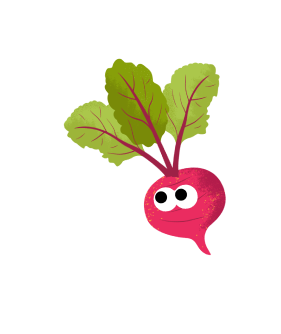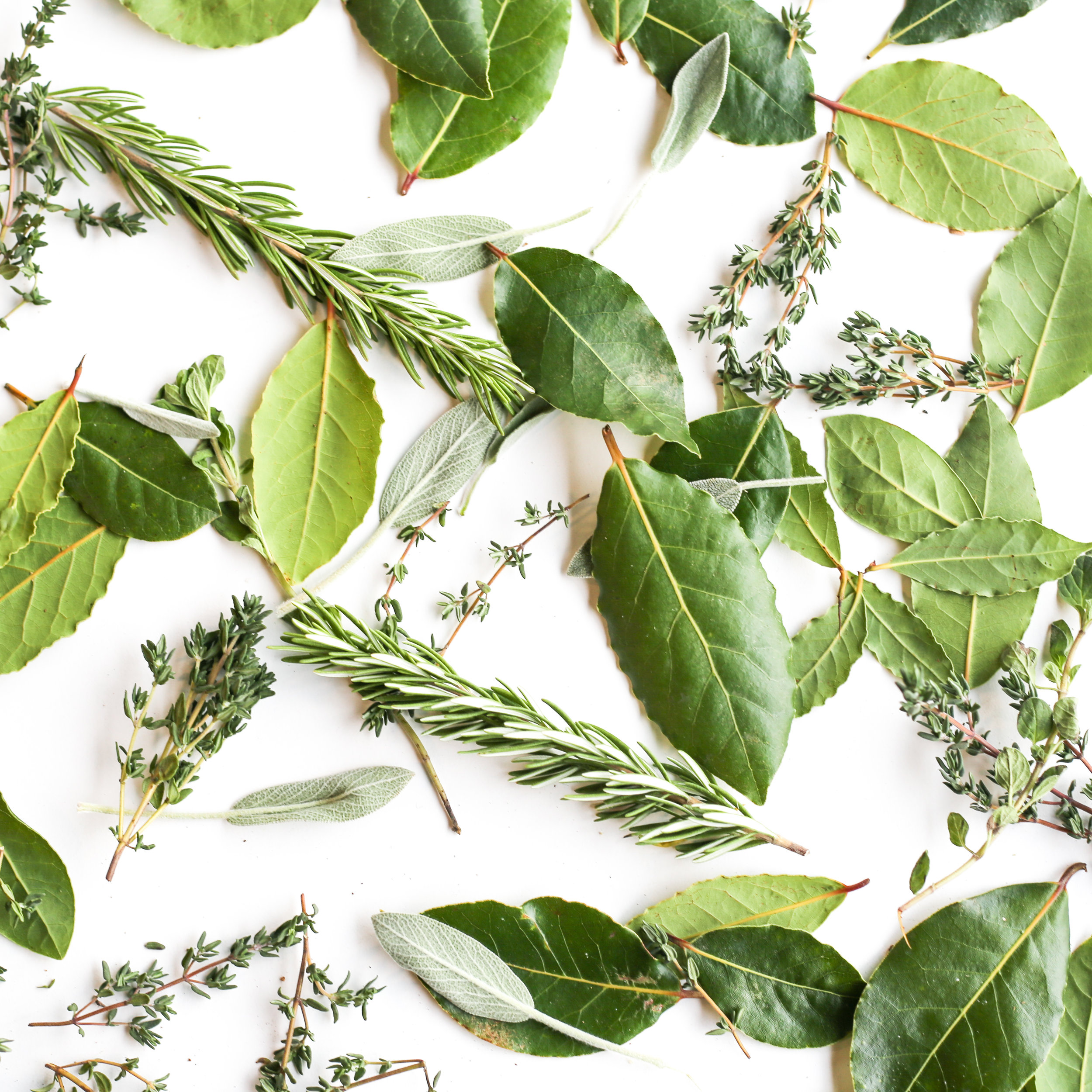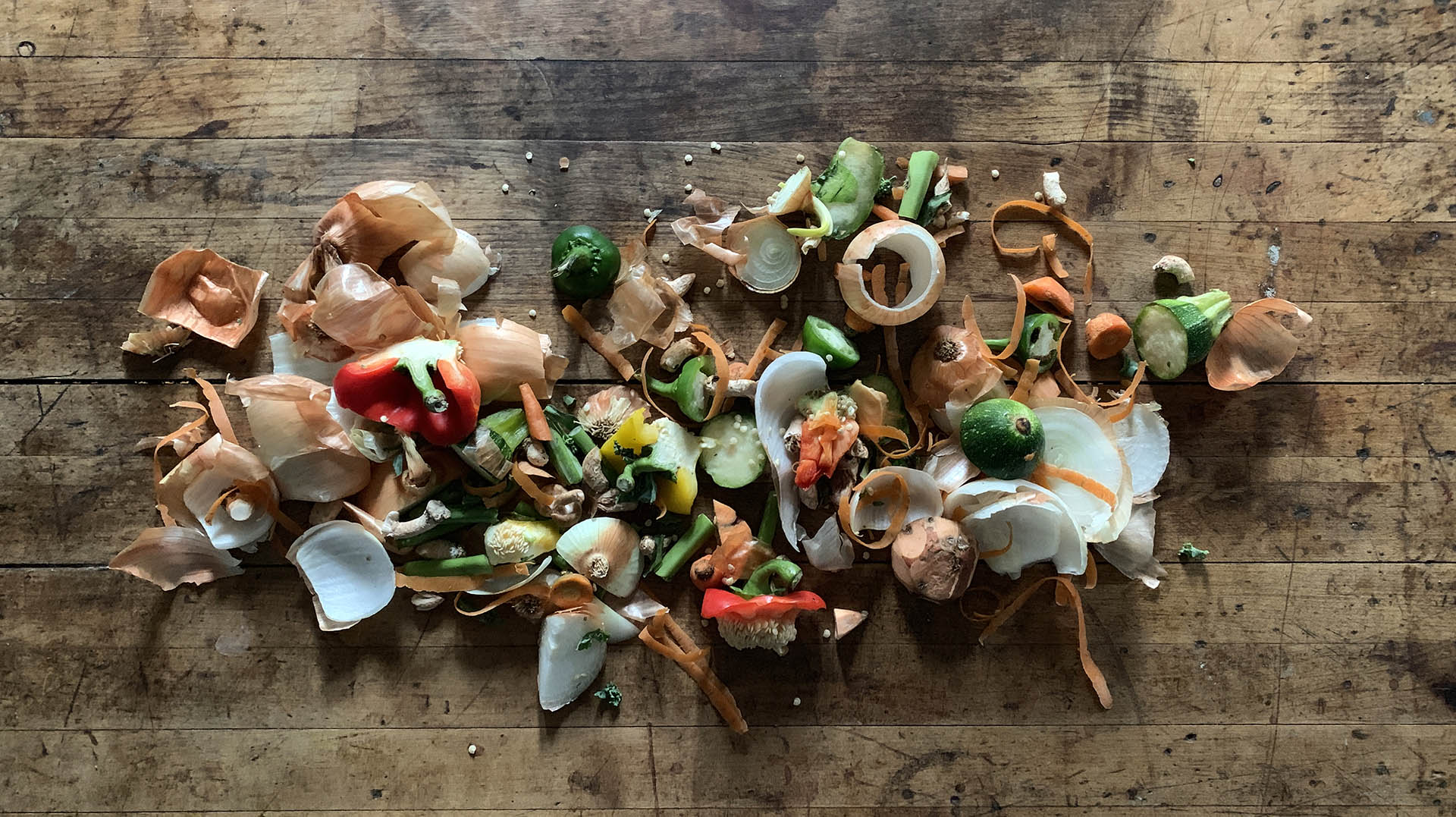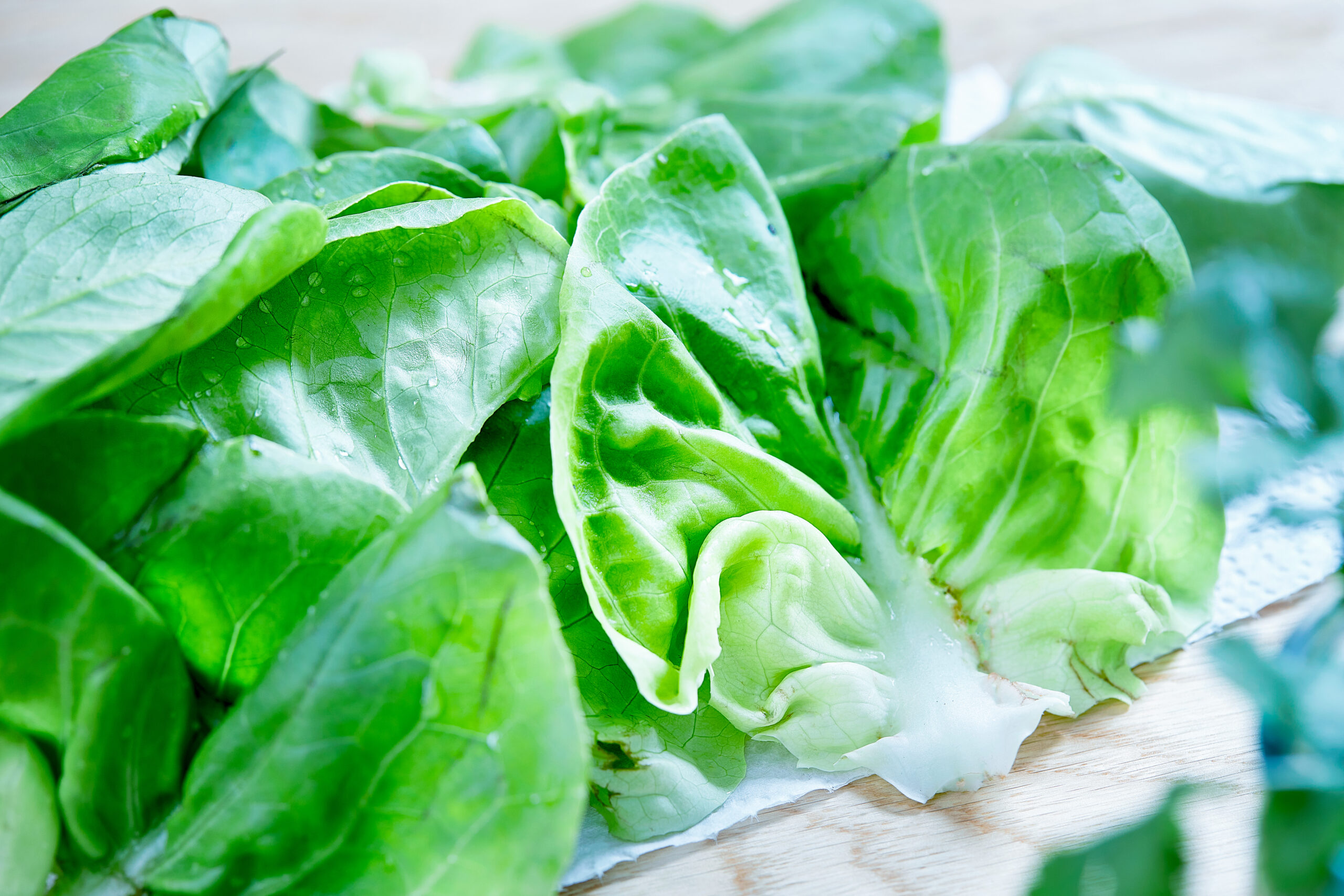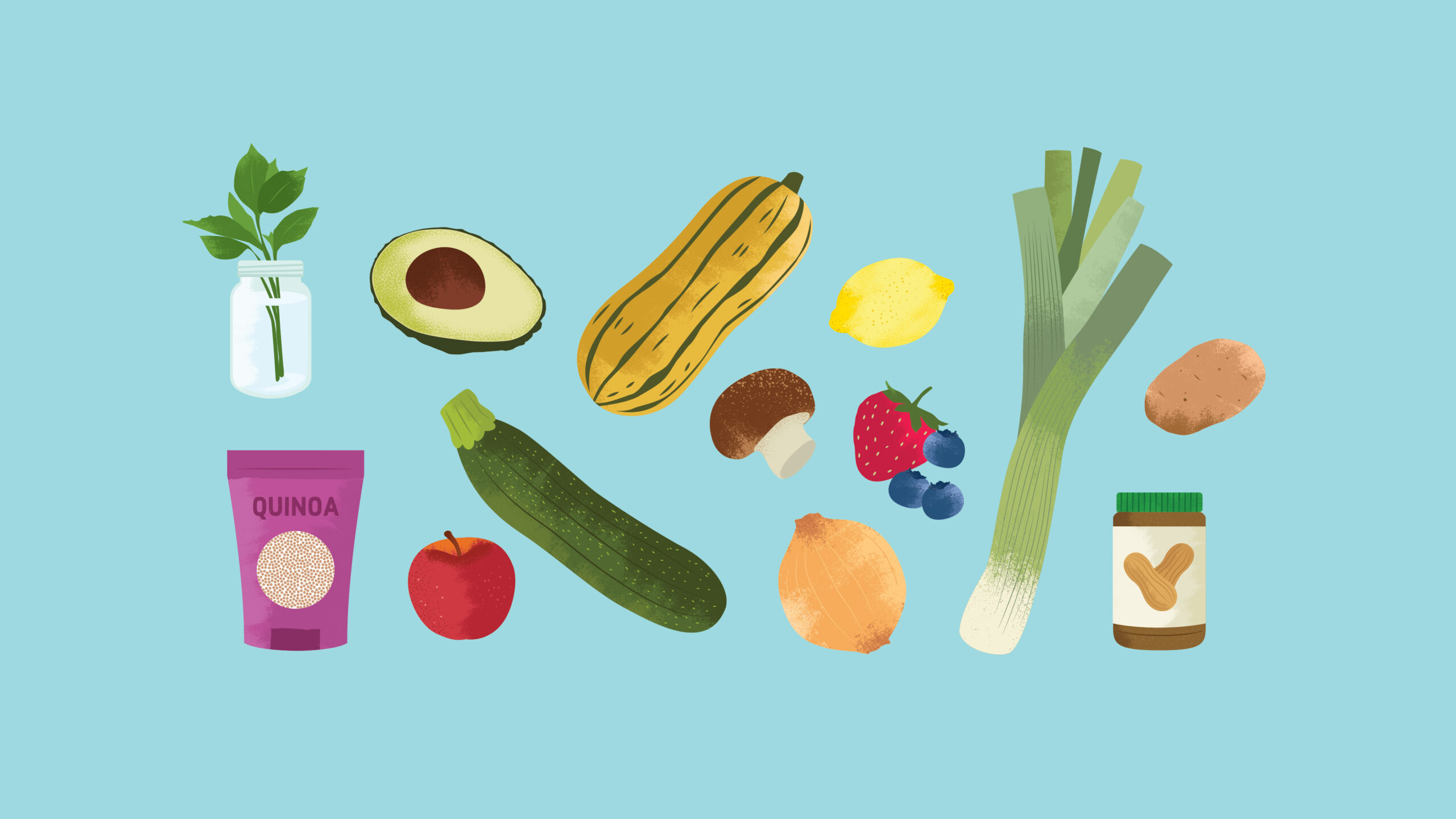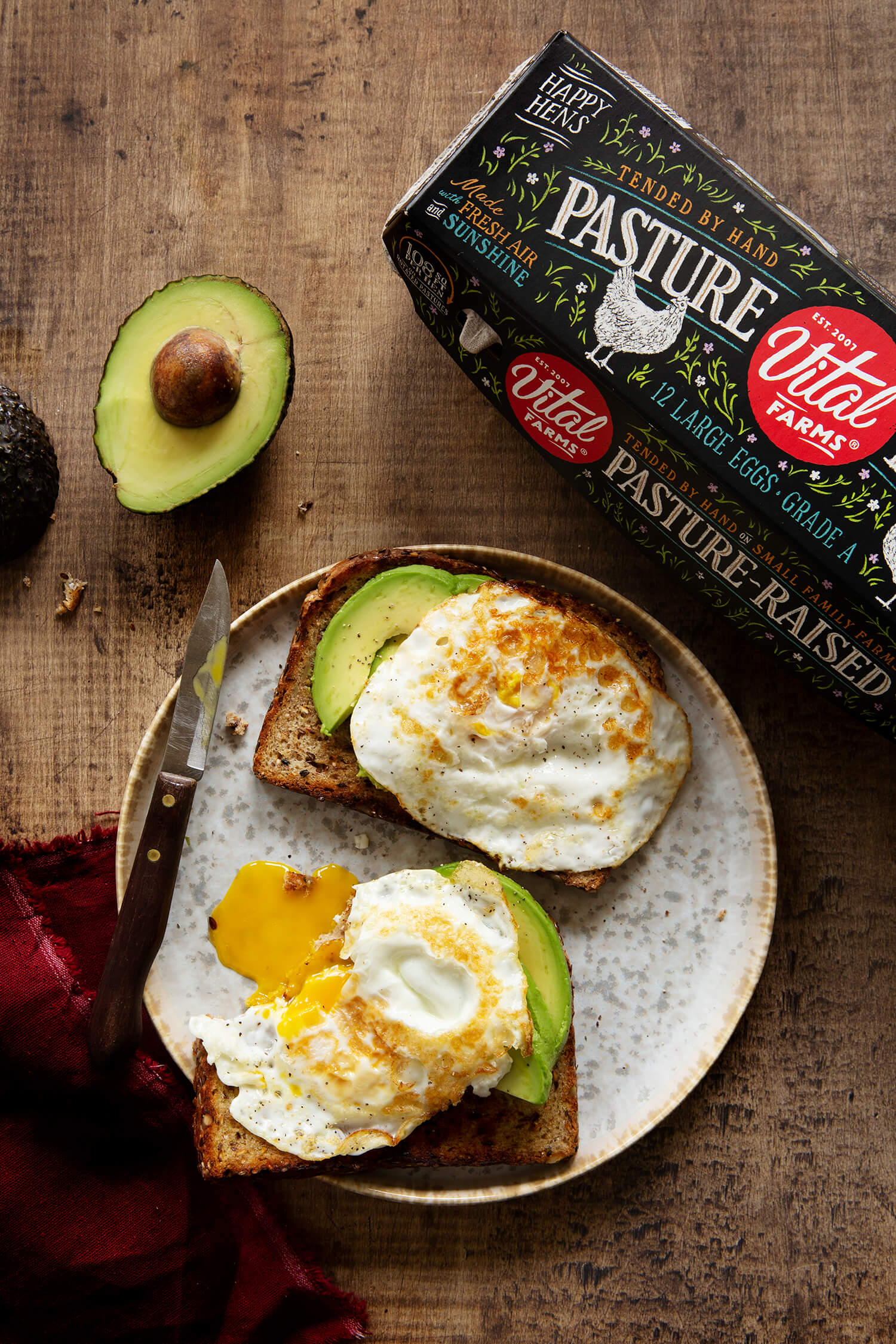“Hard”herbs vs “soft” herbs
Let’s start with an important distinction in the world of herbs is between “hard” herbs like rosemary, thyme, and sage, and “soft” herbs like cilantro, mint, and basil. Hard herbs should be added early when cooking so their flavor has time to infuse into whatever you’re making. Soft herbs should be added only at the end of cooking so you preserve their fresh flavor and aromatic essence. Here is what you need to know about 4 of the most common culinary herbs:
Rosemary
Rosemary has a bold, woody flavor and pairs really well with the flavor of garlic. Keep rosemary around and it’s next to impossible to get bored of potatoes. They are meant for each other! Rosemary also pairs really well with other hard herbs like thyme and sage.
Thyme
Thyme is one of the most versatile herbs out there. It’s a real team player. Fresh thyme is the secret to a truly excellent soup, sauce, or stew. It pairs really well with the flavor of onions, mushrooms, and tomatoes and is also really great with fish. Try adding some thyme and minced shallots to your next vinaigrette and you’ll be blown away by how luxurious it tastes!
Sage
Sage might be the most underrated herb out there. Besides being the indispensable ingredient to truly excellent holiday stuffing, sage has a really nuanced flavor that pairs wonderfully with cheese, chicken, pork, pasta, onions, and walnuts. Once you smell sage wafting through you’re kitchen you will have trouble cooking without it!
Bay Leaves
Bay leaves are to flavor what a sub-woofer is to your car stereo. Its bittersweet earthy notes just make everything else taste better. Toss a bay leaf or two in your next soup, stew, or batch of beans and it will bump up the savory bass note of everything. One word of caution is that Bay leaf has a powerful flavor so a little goes a long way!
